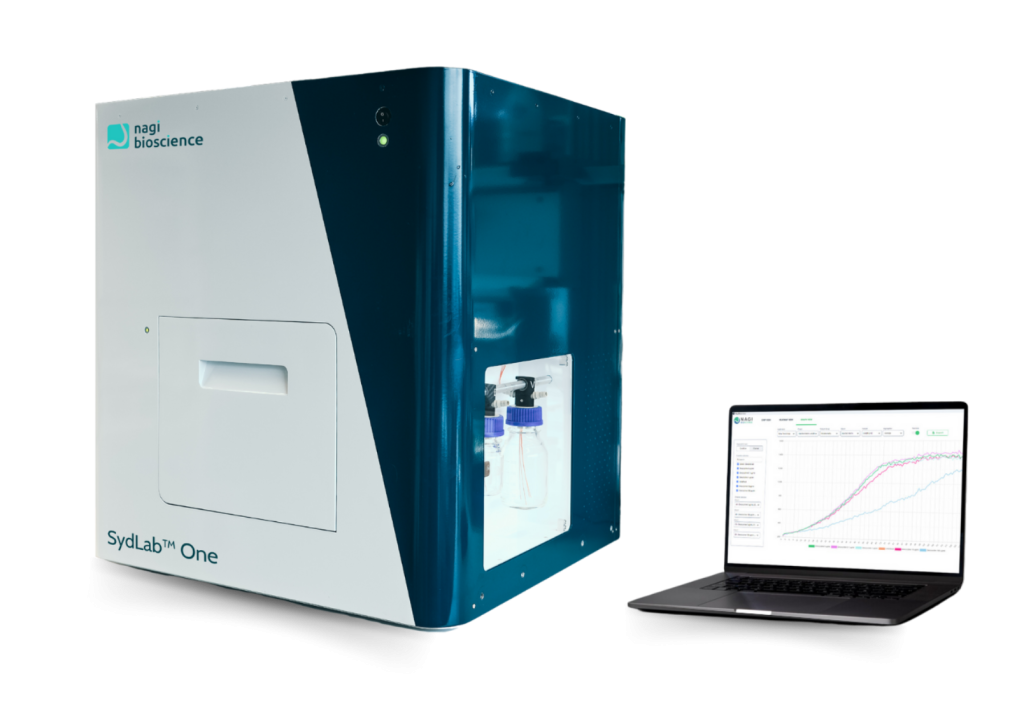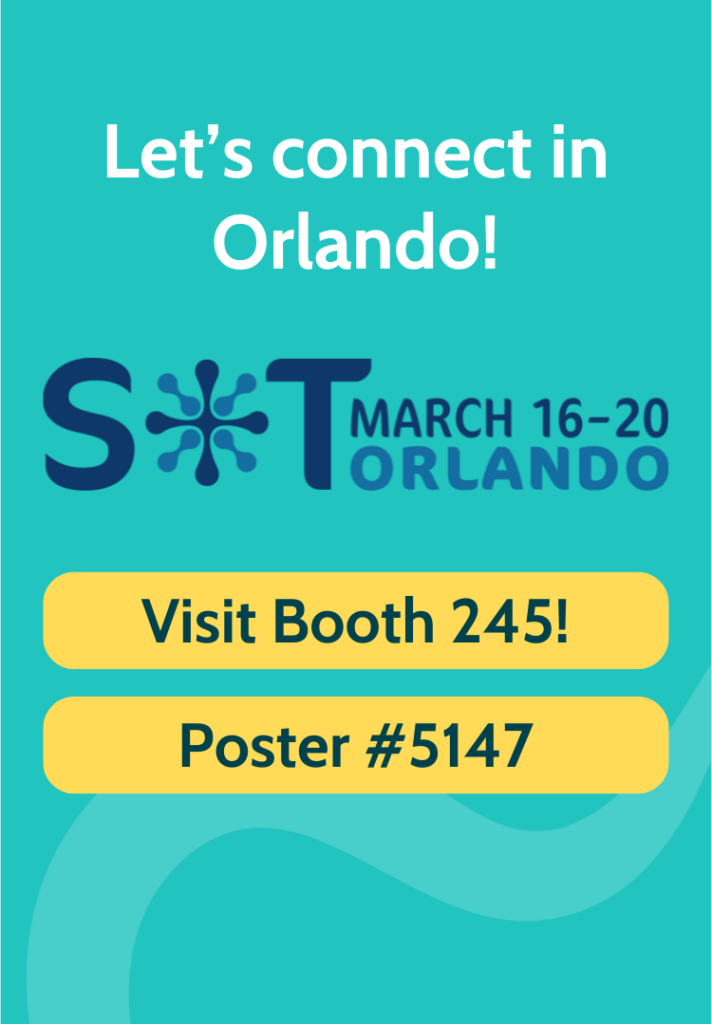In an era where efficient, ethical toxicology testing is increasingly vital, Caenorhabditis elegans (C. elegans) has emerged as a revolutionary model organism that bridges the gap between cellular assays and mammalian testing. This humble nematode is transforming how we approach toxicity screening, offering remarkable insights with significant implications for human health.
Why traditional toxicity testing methods are being challenged
Toxicity studies rely on mammal models such as rodents and rabbits to evaluate the safety of different compounds. While mammal models provide valuable data and are still paramount, they come with substantial drawbacks:
- Resource-intensive: Housing and care requirements drive costs into thousands of dollars per candidate compound.
- Time-consuming: Studies often require months to years to complete.
- Ethical considerations: Growing concerns about animal welfare, ethics of using animals, and value of the outcomes for all.
- Limited throughput: The previous constraints of in vivo testing restrict the number of compounds that can be investigated on mammal models.
Given these limitations, there is an emerging need for novel resource-effective approaches that can efficiently screen candidate compounds before advancing to vertebrate testing or even not using vertebrates anymore at all. These alternative approaches are often referred to as New Approach Methodologies (NAMs).
C. elegans: Nature’s gift to science (and to Safety Assessment)
This microscopic roundworm offers a remarkable biological toolkit for toxicology assessment:
- Evolutionary conservation
60-80% genetic homology with humans and signalling pathways. - Complete organism
Toxicity assays using C. elegans can provide data from a whole organism with intact and metabolically active systems, including reproductive, endocrine, digestive, and neuromuscular pathways. It serves as an excellent model for toxicity identification and mechanistic studies of developmental and reproductive toxicity. - Short lifespan
Develops from egg to adult in just 3 days with a 2–3-week lifespan.
- Ideal model organism to work with
C. elegans’ transparent body allows real-time visualization of developmental and physiological processes. Additionally, their ease of cultivation and propagation is a true advantage for large studies. - Well-characterized genetics
Completely mapped genome and nervous system. In fact, it was the first organism to have its genome fully sequenced and paved the way for the methods used in The Human Genome Project.
As a result, C. elegans has gained recognition as a valuable model for toxicity screening and is now widely used by different entities including the FDA.
Transformative Advantages in toxicology applications
- Superior predictive power with whole-organism insights
C. elegans bridges the gap between cell cultures and mammals, delivering predictive toxicity data that closely correlates with mammalian responses.
Studies demonstrate over 80% balanced accuracy in predicting developmental and reproductive toxicity supporting its role as a first-line screening model before moving to mammalian testing. - Reduction in Animal Testing: A recognized NAMs model
Incorporating C. elegans into a multi-tiered toxicology approach can reduce the number of compounds that proceed to mammalian testing by up to 60%. This translates to thousands of laboratory animals saved annually while improving the quality of compounds that advance to later stages.
This approach aligns perfectly with the 3Rs framework (Replacement, Reduction, Refinement) established by the OECD Guidelines for alternative toxicity testing models. - Efficient in vivo high-throughput model for screening
Unlike mammalian models, C. elegans can be cultured in large numbers with minimal cost and resource requirements. Automated assays allow for rapid compound testing, accelerating the early identification of toxic substances. - Regulatory recognition and implementation
C. elegans has gained significant recognition from regulatory bodies, including the FDA, which now incorporates this model in various toxicity assessment frameworks (Hunt, 2017).
The model is particularly valued for:
– Developmental toxicity screening
– Reproductive toxicity evaluation
– Neurotoxicity assessment
– Environmental toxicant screening
– Mechanistic toxicity studies
Fully automated C. elegans toxicity testing in one single device
At Nagi Bioscience, we understand the importance of efficient, cost-effective, and ethical toxicology testing.
Our fully automated C. elegans-based platform SydLab™ One enables rapid and reliable toxicology screening of candidates enhancing early-stage risk identification and ultimately contributing to the reduction of mammalian models used in later stages of toxicology workflows.

By combining advanced robotics, microfluidics, computer vision and AI algorithms, SydLab™ One provides:
- Unprecedented in vivo throughput
A faster, scalable and cost-effective solution for in vivo toxicology studies at the in vitro scale. - Rapid compound screening
Evaluate toxicity profiles in days, not months or years. - Mechanistic insights
Understand the molecular pathways affected by test compounds.
- Predictive toxicology
Identify potential human health risks earlier in development. - Automated environmental control
Our technology ensures stable temperature and controlled environmental conditions, maintaining optimal assay reproducibility thus aligning with Good Laboratory Practice standards. - Customized testing panels
Developmental and Reproductive Toxicity (DART), Acute toxicity, Chronic toxicity, and Eco-toxicity.
C. elegans represents a powerful and complementary model for toxicology testing, offering high sensitivity, predictive power, and cost efficiency. By integrating C. elegans into your early-stage toxicity workflows, your candidates’ screening can be done faster, reduce costs coming from downstream mammalian testing, and improve safety testing altogether.
SydLab™ One facilitates this integration by providing a precise, scalable and reproducible plug-and-play platform that ensures a seamless adoption of C. elegans.
Nagi Bioscience’s expertise and innovative screening solutions aim to unlock the full potential of C. elegans in toxicology, leading to more ethical, efficient, and accurate toxicity testing.

Accelerate your research with Nagi Bioscience today
Ready to bring your toxicity testing workflow to the next level? Discover how our C. elegans-based platform can accelerate your development pipeline while reducing costs and animal testing requirements.